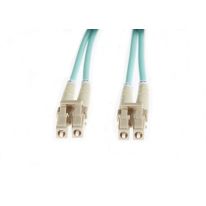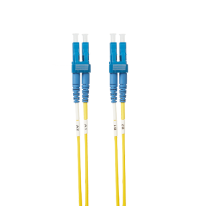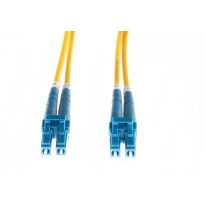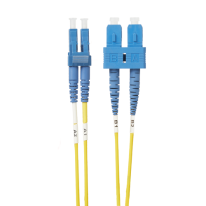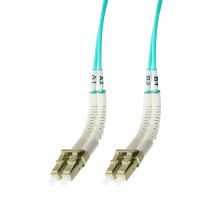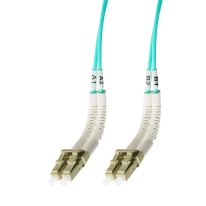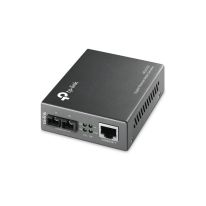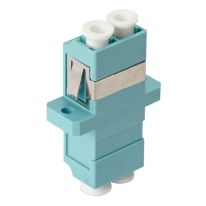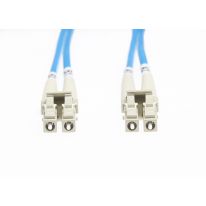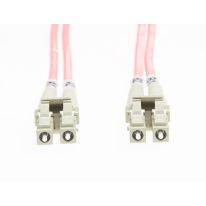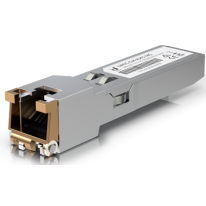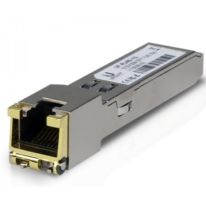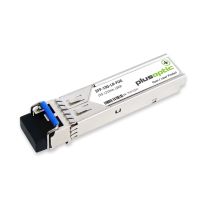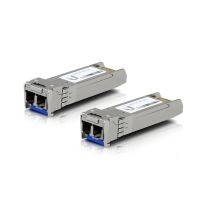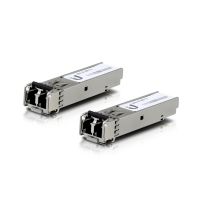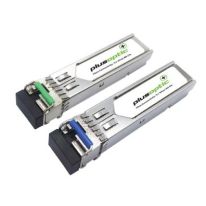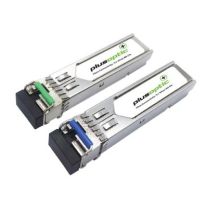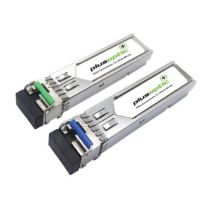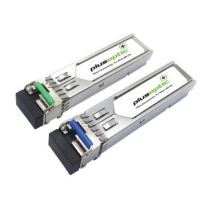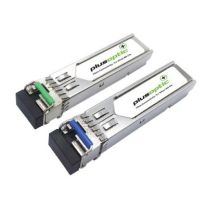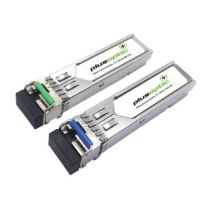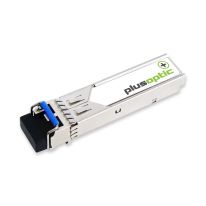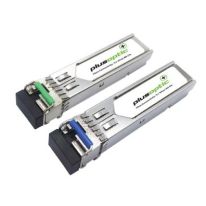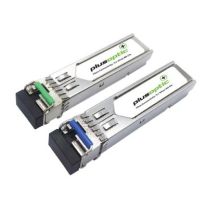-
SKU: FL.OM4LCLC3M 3m LC-LC OM4 Multimode Fibre Optic Patch Cable | Aqua
Single Pack
$18.25 $15.87In stock
-
SKU: FL.OS2LCLC3M 3m LC-LC OS1 / OS2 Singlemode Fibre Optic Cable | Yellow
Single Pack
$18.25 $15.87In stock
-
SKU: FL.OS2LCLC05M 0.5m LC-LC OS1 / OS2 Singlemode Fibre Optic Cable | Yellow
Single Pack
$15.05 $13.09In stock
-
SKU: FL.OS2LCSC1M 1m LC-SC OS1 / OS2 Singlemode Fibre Optic Cable | Yellow
Single Pack
$15.76 $13.70In stock
-
SKU: 015.010.4103 2m LC Flexi Boot OM4 Multimode Fibre Optic Duplex Patch Lead
Single Pack
$22.51 $19.57In stock
-
SKU: 015.010.4101 1m LC Flexi Boot OM4 Multimode Fibre Optic Duplex Patch Lead
Single Pack
$21.19 $18.43In stock
-
-
-
SKU: FL.OM4LCLC05MB 0.5m LC-LC OM4 Multimode Fibre Optic Cable: Blue
Single Pack
$9.43 $8.20In stock
-
SKU: FL.OM4LCLC05MP 0.5m LC-LC OM4 Multimode Backwards compatible with OM3 Fibre Optic Cable: Salmon Pink 2mm Oversleeving
Single Pack
$9.43 $8.20In stock
-
$167.91 $146.01Out of stock
-
$46.58 $40.50Out of stock
-
SKU: SFP-10G-LR-FOR Fortinet compatible (FG-TRAN-SFP+LR) 10G, SFP+, 1310nm, 10KM Transceiver, LC Connector for SMF with DOM | PlusOptic SFP-10G-LR-FOR$131.10 $114.00
In stock
-
$223.07 $193.97Out of stock
-
$47.81 $41.57Out of stock
-
SKU: BISFP-D-10-PLU Plusoptic 1.25G, BiDi SFP, TX-1490nm / RX-1310nm, 10KM Transceiver, LC Connector for SMF fibre with DDMI | PlusOptic BISFP-D-10-PLU$85.10 $74.00
In stock
-
SKU: BISFP-D-10-EXT Extreme Compatible 1.25G, BiDi SFP, TX-1490nm / RX-1310nm, 10KM Transceiver, LC Connector for SMF fibre with DDMI | PlusOptic BISFP-D-10-EXT$85.10 $74.00Out of stock
-
SKU: BISFP-U-10-EXT Extreme Compatible BiDi SFP, 1.25G, TX1310nm / RX1490nm, 10KM Transceiver, LC Connector for SMF with DDMI | PlusOptic BISFP-U-10-EXT$72.45 $63.00Out of stock
-
SKU: BISFP-U-10-PLU Plusoptic 1.25G, BiDi SFP, TX-1310nm / RX-1490nm, 10KM Transceiver, LC Connector for SMF fibre with DDMI | PlusOptic BISFP-U-10-PLU$72.45 $63.00
In stock
-
SKU: BISFP-D-10-CIS Cisco Compatible (GLC-BX-D-10KM CISCO, GLC-BX-D ) 1.25G, BiDi SFP, TX-1490nm / RX-1310nm, 10KM Transceiver, LC Connector for SMF fibre with DDMI | PlusOptic BISFP-D-10-CIS$85.10 $74.00Out of stock
-
SKU: BISFP-U-10-CIS Cisco Compatible (GLC-BX-U-10KM CISCO, GLC-BX-U ) 1.25G, BiDi SFP, TX-1310nm / RX-1490nm, 10KM Transceiver, LC Connector for SMF fibre with DDMI | PlusOptic BISFP-U-10-CIS$72.45 $63.00Out of stock
-
SKU: SFP-1G-LX-RUGI RUGGEDCOM compatible 1.25G, SFP, 1310nm, 10KM Transceiver, LC Connector for SMF with DOM | PlusOptic SFP-1G-LX-RUGI$72.45 $63.00
In stock
-
SKU: BISFP-U-20-PLUI PlusOptic 1.25G, BiDi SFP, TX1310nm / RX1490nm, 20KM Transceiver, LC Connector for SMF with DOM | PlusOptic BISFP-U-20-PLUI$104.65 $91.00Out of stock
-
SKU: BISFP-D-20-PLUI PlusOptic 1.25G, BiDi SFP, TX1490nm / RX1310nm, 20KM Transceiver, LC Connector for SMF with DOM | PlusOptic BISFP-D-20-PLUI$156.40 $136.00Out of stock
Fibre Optic Cable
113 Results








